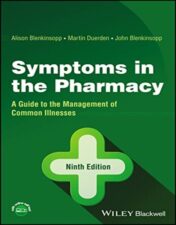Please log in to purchase this product.
Beta-Blockers: Physiological, Pharmacological and Therapeutic Implications (PDF)
Please log in to view the price.
Beta-Blockers: Physiological, Pharmacological and Therapeutic Implications (PDF)
In the late 1950s, Sir James Black made a tremendous contribution to pharmacology and medicine with his discovery of â-blockers. After the first â-blockers became available in the 1960s, these drugs were noted to have beneficial effects in reducing morbidity and mortality from ischemic heart disease. It soon thereafter became apparent that blocking the adverse effects of the sympathetic nervous system could benefit many other diseases. As research and development continued, later generations of â-blockers appeared, each with unique properties such that it is now impossible to group these agents into one class to uniformly describe their effects. In this edition of Beta-Blockers: Physiological, Pharmacological and Therapeutic Implications, the authors examine how â-blockers have evolved from their origin as a treatment for angina to a myriad of other related and unrelated medical conditions. These include (in order of appearance), heart failure, hypertension, sepsis, tachydysrhythmias, portal hypertension, variceal bleeding, stimulant toxicity, thyrotoxicosis, obstructive lung disease, trauma, pheochromocytoma, cancer, acute coronary syndromes, and coronary arterial disease. The authors of these chapters hail from a spectrum of medical specialties as diverse as the indications for â-blockers: anesthesiology, cardiology, critical care, emergency medicine, gastroenterology, hematology/oncology, internal medicine, pharmacology, pulmonology, surgery, and toxicology. In this book, we also discuss controversies as well as the evolving and changing indications and contraindications for the use of this amazing class of drugs. This book will be of interest to physicians, pharmacists, nurse practitioners, physician assistants, nurses, research scientists, and informed patients. (Nova Biomedical)
Related Products
Pharmacology Books
Pharmacology Books
Recent Advances in Therapeutic Drug Monitoring and Clinical Toxicology (Original PDF from Publisher)
Pharmacology Books
Pharmacology Books
Pharmacology Books
Pharmacology Books
Pharmacology Books
Pharmacology Books
Pharmacology Books
Pharmacology Books
Pharmacology Books
Pharmacology Books
Pharmacology Books
Pharmacology Books
Clinical Psychopharmacology: Principles and Practice (Original PDF from Publisher)
Pharmacology Books
Pharmacology Books
Pharmacology Books
Flaxseed: Evidence-based Cardiovascular and other Medicinal Benefits (Original PDF from Publisher)
Pharmacology Books
Secrets From A Herbalist’s Garden: A Magical Year of Plant Remedies (EPUB)
Pharmacology Books
Drug Design using Machine Learning (Original PDF from Publisher)
Pharmacology Books
Pharmacology Books
Applied Pharmaceutics in Contemporary Compounding, 4e (Original PDF from Publisher)
Pharmacology Books
Pharm Phlash!: Pharmacology Flash Cards, 3rd Edition (Original PDF from Publisher)
Pharmacology Books
Pharmacy Calculations, 6th Edition (Original PDF from Publisher)
Pharmacology Books
Study Guide for Lehne’s Pharmacology for Nursing Care, 11th Edition (Original PDF from Publisher)
Pharmacology Books
Physicians’ Cancer Chemotherapy Drug Manual 2022, 22nd Edition (Original PDF from Publisher)
Pharmacology Books
The Pharmacy Technician Workbook & Certification Review, 7th Edition (Original PDF from Publisher)
Pharmacology Books
Student Workbook for Pharmacology Made Simple (Original PDF from Publisher)
Pharmacology Books
Mosby’s Drug Guide for Nursing Students, 15th Edition (Original PDF from Publisher)
Pharmacology Books
Core Concepts in Pharmacology, 5th Edition (Original PDF from Publisher)
Pharmacology Books
2022 Nurse’s Drug Handbook, 21th Edition (Original PDF from Publisher)
Pharmacology Books
Pharmacology for Paramedics, 2nd Edition (Original PDF from Publisher)
Pharmacology Books
Biomarkers in Nutrition (Biomarkers in Disease: Methods, Discoveries and Applications) (EPUB)
Pharmacology Books
A Guide to Online Pharmacy Education: Teaching Strategies and Assessment Methods (EPUB)
Pharmacology Books
Flaxseed: Evidence-based Cardiovascular and other Medicinal Benefits (EPUB)
Pharmacology Books
Pharmacology Books
Drugs and the FDA: Safety, Efficacy, and the Public’s Trust (EPUB)
Pharmacology Books
Pharmacology Books
Discoveries in Pharmacology – Volume 1 – Nervous system and hormones 2022 Epub+converted PDF
Pharmacology Books
Discoveries in Pharmacology – Volume 1 – Nervous system and hormones 2022 Original PDF
Pharmacology Books
Textbook of Pharmacology – Prasan Bhandari 2022 Original PDF
Pharmacology Books
Pharmacology Books
Pharmacology of Drug Stereoisomers (Progress in Drug Research, 76) 2022 Original PDF
Pharmacology Books
Pharmacology Books
Current Drug Synthesis (Wiley Series on Drug Synthesis) 1st Edition 2022 Original pdf
Pharmacology Books
Pharmacology Books
Phytoantioxidants and Nanotherapeutics 2022 epub+converted pdf
Pharmacology Books
Drugs, Behavior, and Modern Society, 9th Edition 2022 Original PDF
Pharmacology Books
Pharmacology Books
Pharmacology Books
Pharmacology Books
Pharmacology Books
Pharmacology Books
Pharmacology Books
Pharmacology Books
Pharmacology Books
Pharmacology Books
Pharmacology Books
Pharmacology Books
Pharmacology Books
Pharmacology Books
Pharmacology Books
Pharmacology: Connections to Nursing Practice [RENTAL EDITION], 5th Edition 2021 Original PDF
Pharmacology Books
Gray Morris’s Calculate with Confidence, Canadian Edition, 2nd Edition 2021 Original PDF
Pharmacology Books
The Top 100 Drugs: Clinical Pharmacology and Practical Prescribing, 3rd edition 2022 Original PDF
Pharmacology Books
Innovations in Fermentation and Phytopharmaceutical Technologies 2022 Original PDF
Pharmacology Books
Innovations in Fermentation and Phytopharmaceutical Technologies 2022 Epub+converted pdf
Pharmacology Books
Pharmacology Books
Drugs in American Society , 11th Edition 2022 Epub+converted pdf
Pharmacology Books
Pharmacology Books
The Pharmacy Technician Workbook & Certification Review, 7th Edition 2020 Original PDF
Pharmacology Books
Pharmacology Books
Pharmacology Books
Nanocosmeceuticals: Innovation, Application, and Safety 2022 Original PDF
Pharmacology Books
Pharmacology Books
Edmunds’ Pharmacology for the Primary Care Provider, 5th Edition 2022 Original PDF
Pharmacology Books
Drug Delivery Systems for Metabolic Disorders 2022 Original PDF
Pharmacology Books
Drugs in American Society, 10th Edition 2019 epub+converted pdf
Pharmacology Books
Pharmacology Books
Materia Medica of New and Old Homeopathic Medicines, 3rd Edition 2022 Original PDF
Pharmacology Books
Pharmacology Books
Pharmacology Books
Pharmacology Books
Pharmacology Books
Lippincott Photo Atlas of Medication Administration, Seventh Edition 2022 epub+converted pdf
Pharmacology Books
Pharmacology Books
Pharmacology Books
Pharmacology Books
Polymeric Micelles for Drug Delivery (Woodhead Publishing Series in Biomaterials) 2022 Original PDF
Pharmacology Books
Lippincott Illustrated Reviews: Pharmacology, Eighth Edition 2022 epub+converted pdf
Pharmacology Books
Pharmacology Books
Pharmacology Books
Pharmacology Books
Pharmacology and the Nursing Process,10th Edition 2022 Original PDF
Pharmacology Books
Study Guide for Pharmacology and the Nursing Process,10th Edition 2022 Original PDF
Pharmacology Books
Drug Development for Malaria: Novel Approaches for Prevention and Treatment 2022 Original PDF
Pharmacology Books


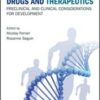


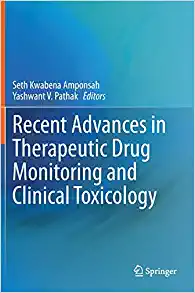

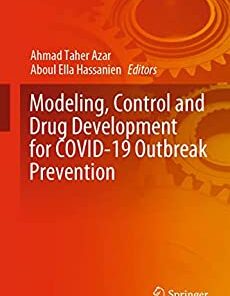
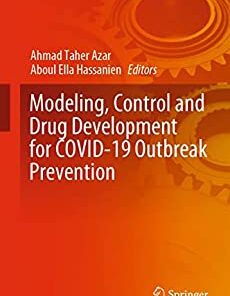
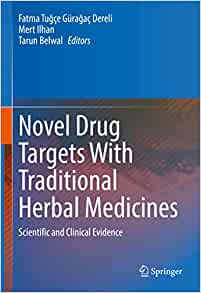
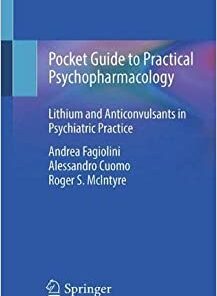



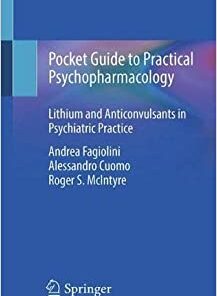


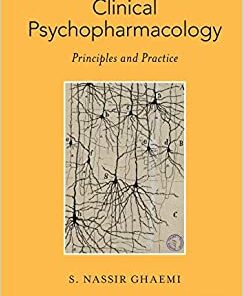
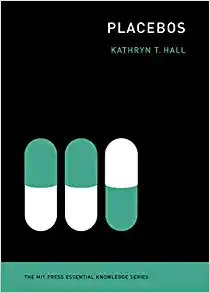



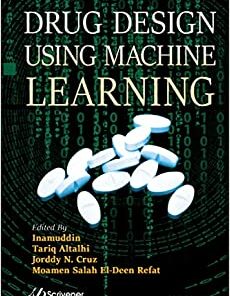
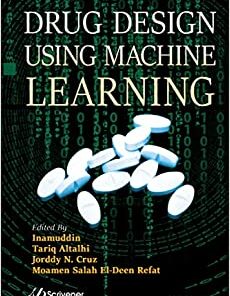
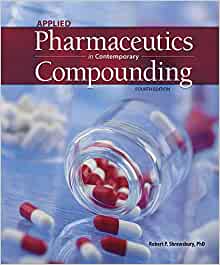

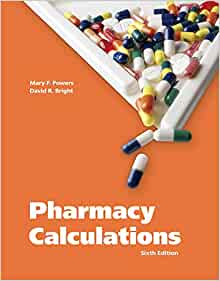


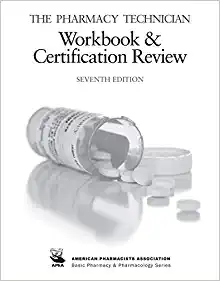




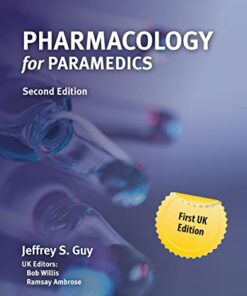
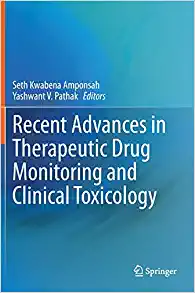




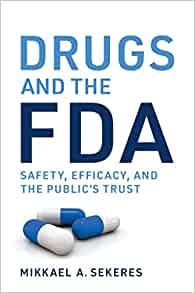
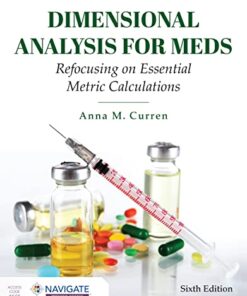




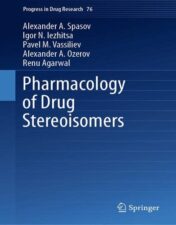














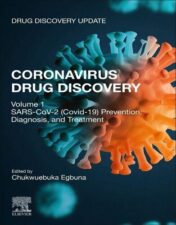




![Pharmacology: Connections to Nursing Practice [RENTAL EDITION], 5th Edition 2021 Original PDF](https://surgerybook.net/wp-content/uploads/2022/09/9780137659166-1-176x225-1.jpg)



















